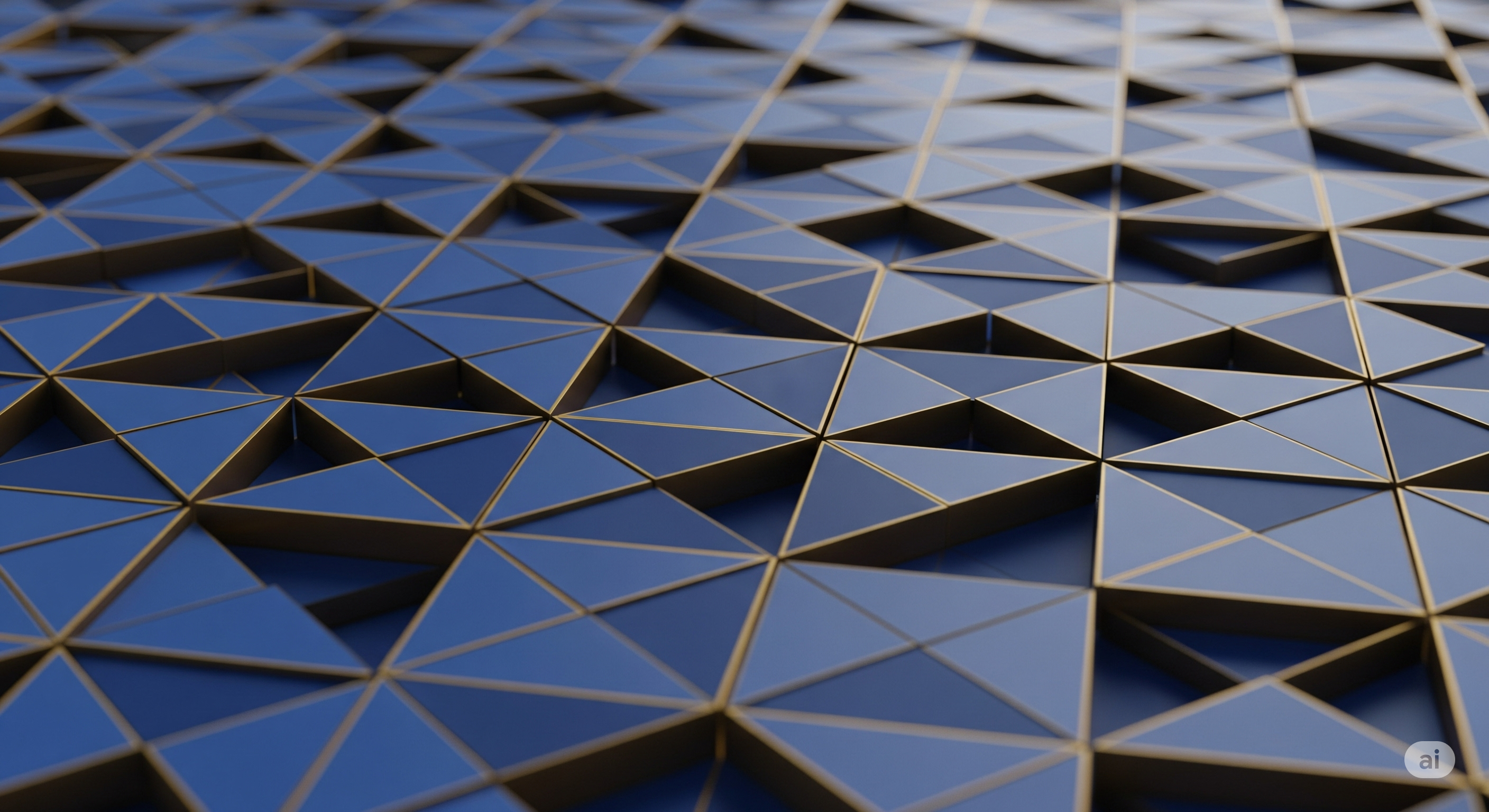Penrose tiles!
A fascinating topic in mathematics and art¶
Penrose tiles are a type of non-periodic tiling, named after the mathematician Roger Penrose, who first described them in the 1970s. These tiles are designed to fit together without any gaps or overlaps, but they cannot be repeated in a regular pattern.
Here are some interesting facts about Penrose tiles:
- Non-periodic: Penrose tiles are non-periodic, meaning that they cannot be repeated in a regular pattern. This is in contrast to traditional periodic tilings, such as brick walls or hexagonal tiles, which repeat in a predictable pattern.
- Aperiodic: Penrose tiles are also aperiodic, meaning that they do not have a repeating pattern. This is what makes them so unique and interesting.
- Two types of tiles: There are two types of Penrose tiles: the "Rhombus" and the "Kite". The Rhombus tile has two acute angles and two obtuse angles, while the Kite tile has two acute angles and two right angles.
- Tiling rules: To create a Penrose tiling, you need to follow specific rules. The Rhombus tile can be placed in one of two ways, and the Kite tile can be placed in one of four ways. These rules ensure that the tiles fit together without gaps or overlaps.
- Infinity: Penrose tilings can be extended infinitely in all directions, without repeating. This means that you can create a Penrose tiling that covers an entire surface, without ever repeating a pattern.
- Artistic applications: Penrose tilings have been used in various artistic applications, such as architecture, design, and even music. They add a unique and fascinating element to any design.
- Mathematical significance: Penrose tilings have significant mathematical implications. They demonstrate the existence of non-periodic structures and have connections to other areas of mathematics, such as group theory and algebraic geometry.
If you're interested in exploring Penrose tiles further, you can try creating your own tiling using paper or digital tools. There are also many online resources and software available to help you create and manipulate Penrose tilings.
